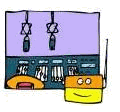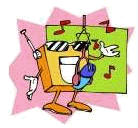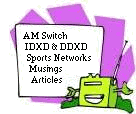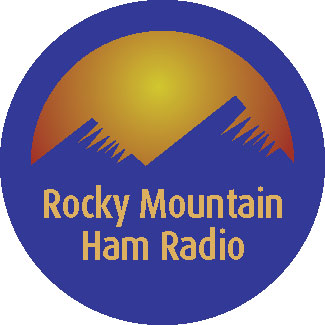About Us
In the early days of radio broadcasting, when the listening audience was comprised of amateur operators, experimenters, engineers and the like, a new hobby had its beginning. DX, in the parlance of telegraphers, meant long distance and gradually came to mean distant reception as well. The early listener had usually constructed his own receiver, and his big thrill was not just from the news of the music he heard, but the realization that his assortment of glass and wires with a bed spring antenna was really bringing in voices and music all the way from Pittsburgh, Chicago or Los Angeles! It was a natural development for the hobbyist to tune up and down the dial, logging the numerous stations that could be heard. These stations were eager to hear from their listeners. This was the only way, at the time, that they could learn how well their signal was getting out. Listeners were asked to write letting the station know from where, how well, and under what conditions the station’s signal had been heard. In return, stations began sending cards or letters thanking the listener and confirming his or her reception. With the collecting of these verifications (QSL’s), the DX hobby was born. Numerous clubs were formed in those early years for the sole purpose of exchanging information about equipment, antennas, tuning tips and general information about the hobby and the stations. The National Radio Club was one of these early pioneer clubs.

The NRC got its start in York, Pennsylvania in 1933, when a small group of DX’ers organized and began to mimeograph a bulletin, DX News. Now after 80 plus years of continuous operation, DX News is still the premier publication for the medium wave (AM) DX’er. The National Radio Club is made up of hundreds of members, worldwide, who enjoy listening to broadcast band radio. After all, the National Radio Club is the world’s oldest and largest medium-wave DX club.
The National Radio Club’s publication center has a vast library of technical information, as well as back issues of publications that are full of valuable information. Our goal is not to be a profit-making business, but a reliable source of information on broadcast radio.

There is no better organization for news and information about broadcast radio than the National Radio Club. Over the years the National Radio Club has gained recognition as a leader among DX clubs. The NRC has been a pioneer in many areas: the offset printing of bulletins, the NRC Domestic Log (now the AM Radio Log), numerous books on antennas and receivers, and informational books on the hobby in general. The NRC is still growing and improving, with new books and various hobby related material. The demographics of the National Radio Club range from students to retirees and persons who work in broadcasting, to those who are just interested in listening to the radio. The knowledge base of the National Radio Club includes engineers, technicians, and people from all walks of life.

Our magazine, DX News, is a must for the serious or casual DX’er and is only available through the National Radio Club. Subscribing to DX News magazine or our emailed pdf service e-DXN.com entitles you to membership privileges, including discount prices on many NRC products. DX News offers 20 bulletins per year, bi-weekly in winter, monthly in summer, over 750 pages a year of DX and radio information.
If you have any questions please use our Contact Form or write us at P.O. Box 473251, Aurora, CO 80047-3251.
